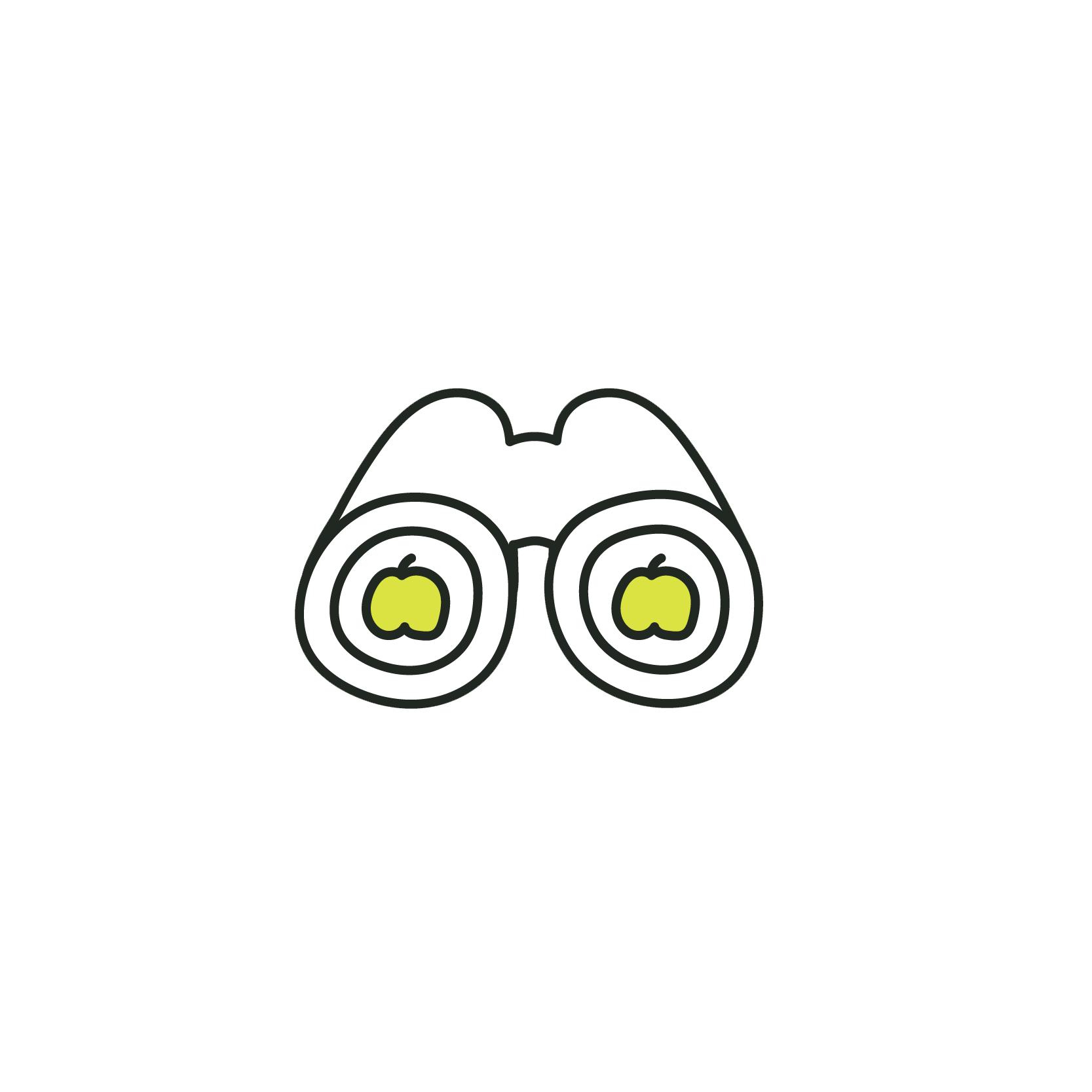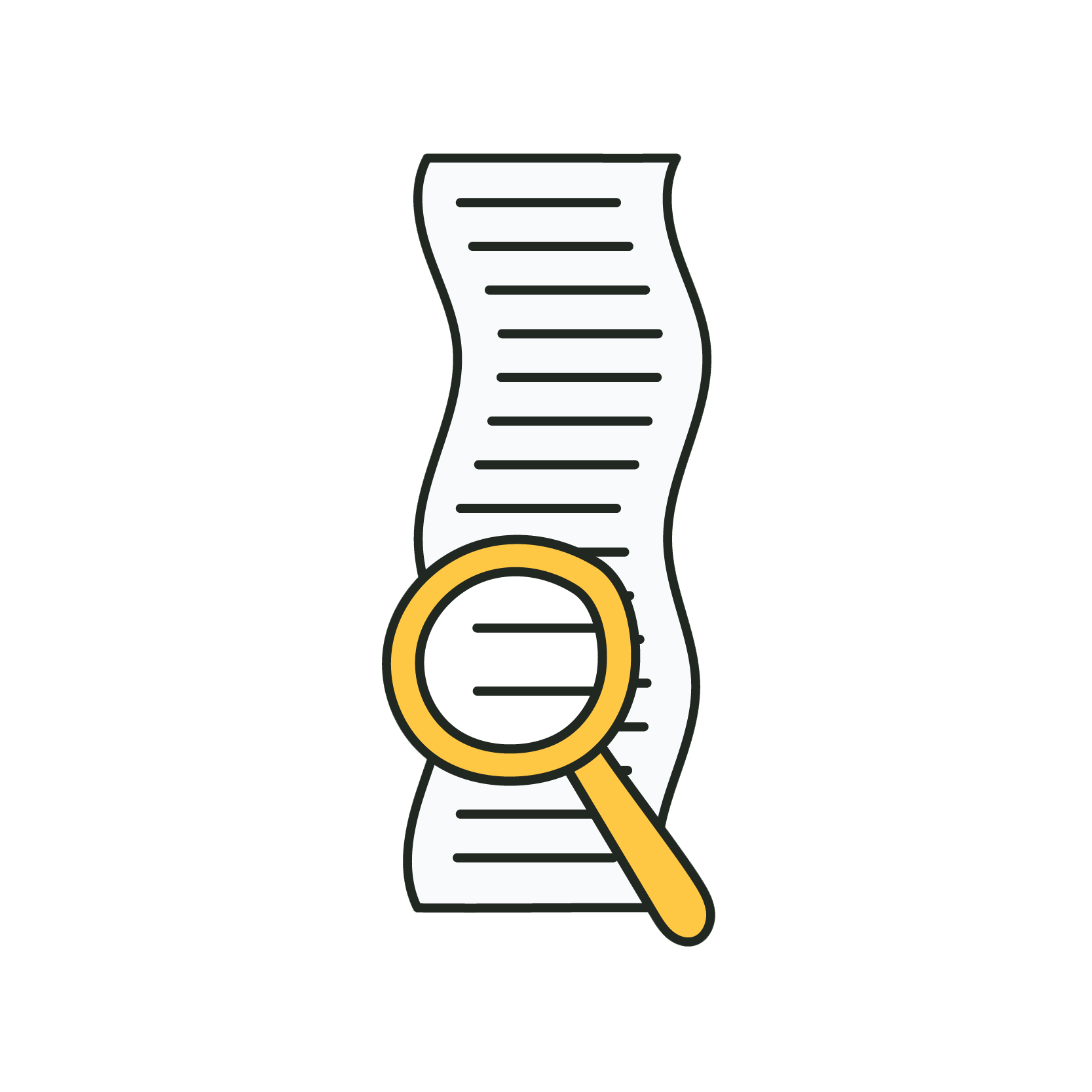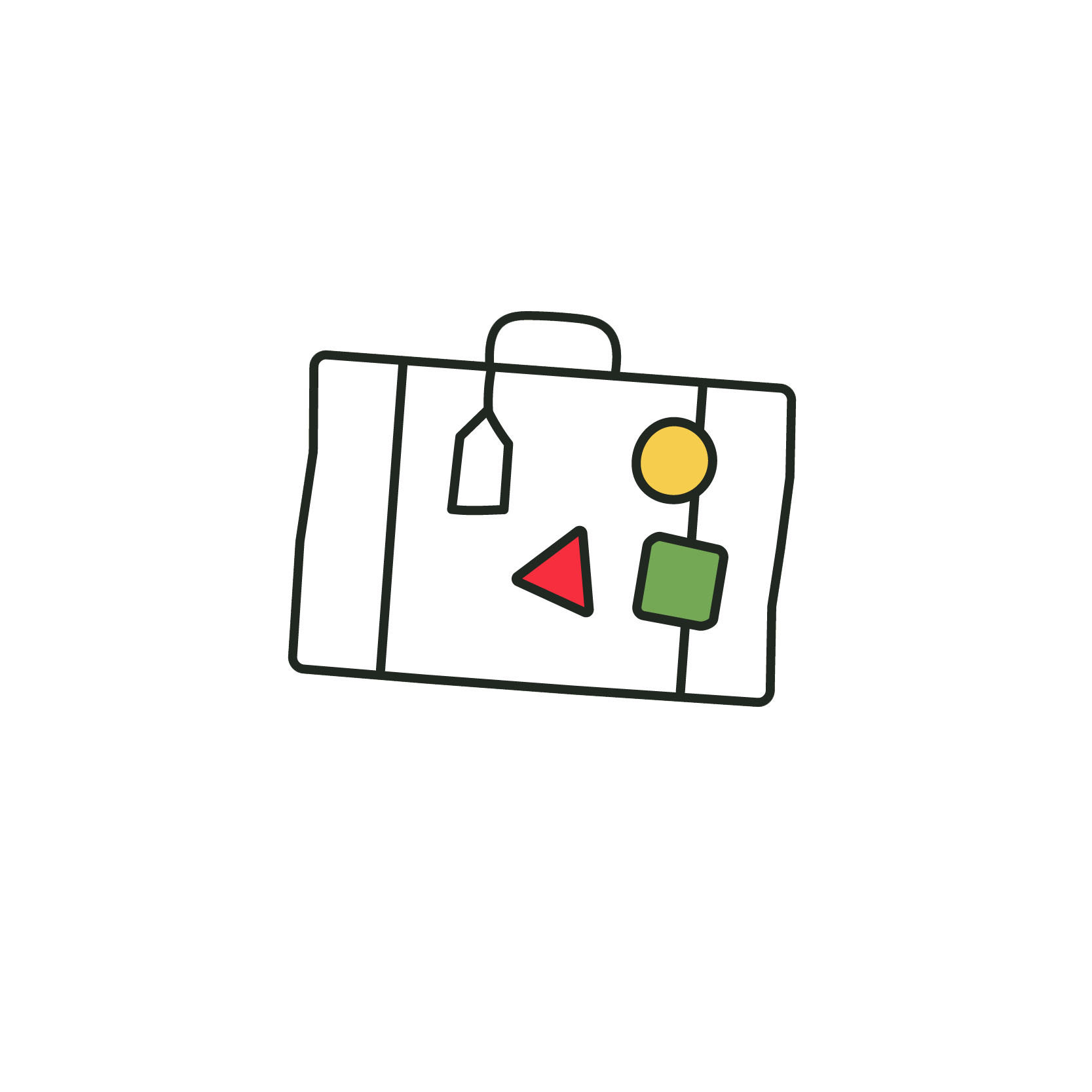fitr
getting FITR for the future
Some people like to get fit for the future by taking up yoga classes or drinking cod liver oil. We prefer to do it with a four-step programme that helps our scouting team risk assess new ingredients.
FITR stands for First Look, Investigate, Trip and Recommendation. We probably should have called it FLITR but it didn't sound as good. The four steps help us make good sourcing decisions today that will mean every one of our suppliers meets international sustainability standards in the future. So it's quite important stuff. Here's a little rundown of what happens at each stage of the process.



